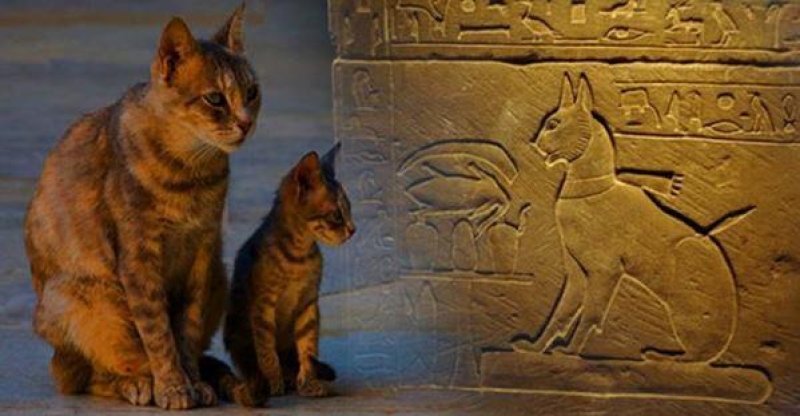The exact relationship between early, semi-domesticated cats and humans isn’t clear cut. While there’s some evidence that people had personal connections to cats, with one potential pet burial site in Cyprus as old as 9,500 years old, it’s just as likely that cats tolerated the presence of humans for the convenience of plentiful mouse populations.
…
New research found human and cat bones dating back to 4,200 to 2,300 BCE in a cave in Poland, coinciding with a period of rapid settlement in the Late Neolithic period. To examine the relationship between the humans and cats, the scientists wanted to know what the cats were eating. If it looked like mostly wild mice — rather than diets closer to humans and domesticated dogs — it would confirm that the cats were along for the ride, rather than attached to the humans.
Animals’ diets can be recorded in the chemical composition of their bones — specifically, their carbon and nitrogen isotopic values. These values vary due to anything from water sources to nearby plants, so they serve as a diet “fingerprint.” By comparing the nitrogen composition of cats’ bones to those of the mice, the researchers were able to confirm that the cats were primarily eating mice.
It seems likely that these semi-domesticated cats were doing what house cats do today — using people as a reliable food source, but not getting too attached.































